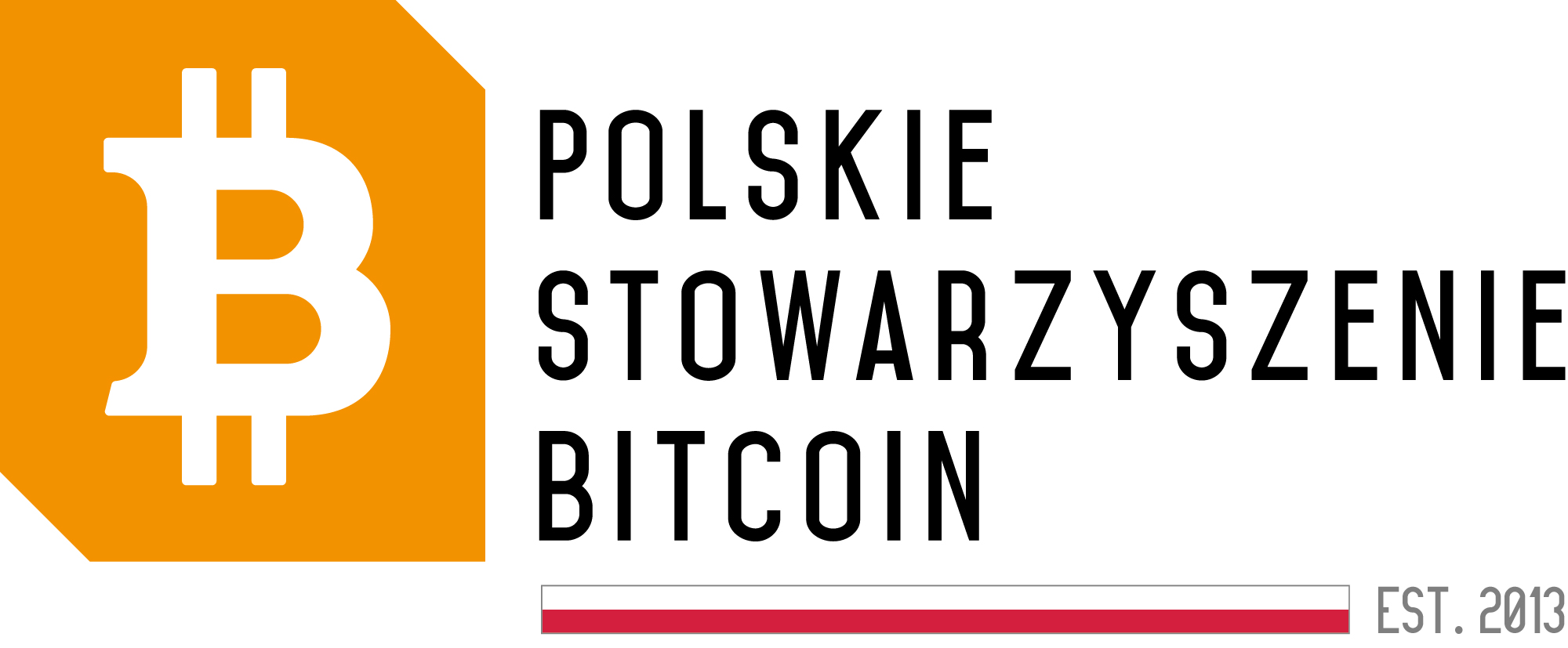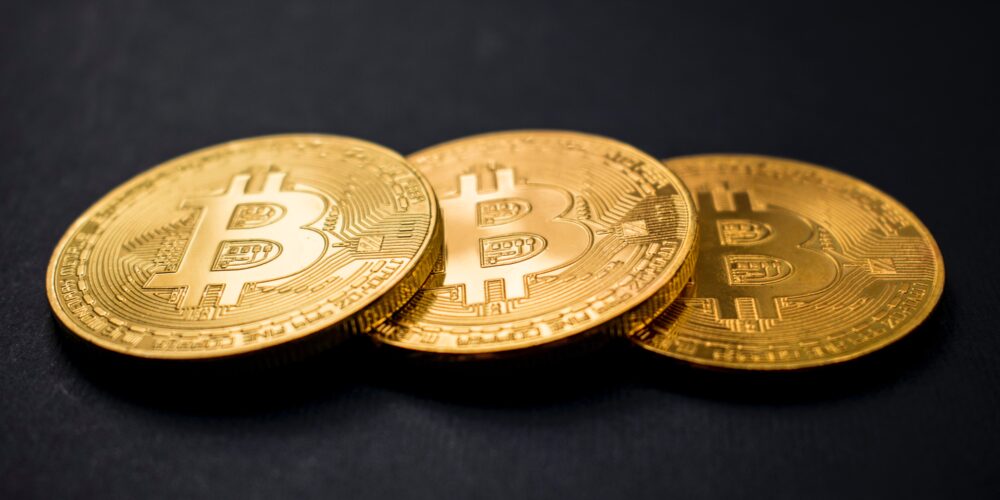fractional stablecoins
- Fractional stablecoins are a type of cryptocurrency that is backed by a reserve of traditional assets or other cryptocurrencies, allowing them to maintain a stable value.
Generally speaking, stablecoins are digital assets designed to have their value pegged to other assets, making them less susceptible to price fluctuations experienced by other cryptocurrencies such as Bitcoin or Ethereum. Fractional stablecoins take it a step further by dividing their reserve into smaller parts, allowing for greater flexibility and scalability.
How do fractional stablecoins work?
Fractional stablecoins work by having a cash reserve, collateralized by other digital or traditional assets, which are held to maintain a fixed value. This ensures that when users acquire these stablecoins, they can be confident that their value will not be subject to drastic changes, making them attractive for holding or using as a medium of exchange.
Advantages of fractional stablecoins
One of the main advantages of fractional stablecoins is their ability to provide value stability, making them more predictable compared to other digital assets. Additionally, by splitting the reserve into smaller parts, fractional stablecoins can be more flexible and accessible to a broader audience. This is also beneficial for blockchain projects looking to introduce their own cryptocurrency without committing a large amount of capital upfront.
Examples of fractional stablecoins
There are several examples of fractional stablecoins in the market, such as FRAX and UST, which have gained popularity among investors and cryptocurrency users. These projects ensure value stability through proper collateralization of their reserves, making them an attractive alternative for those seeking a digital asset with a fixed value.
Fractional stablecoins play an important role in the cryptocurrency ecosystem, offering value stability and flexibility compared to other digital assets. Through them, users can enjoy the benefits of innovative blockchain technologies while avoiding the risk associated with sudden price fluctuations in the cryptocurrency market.






